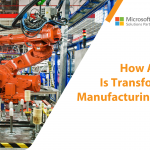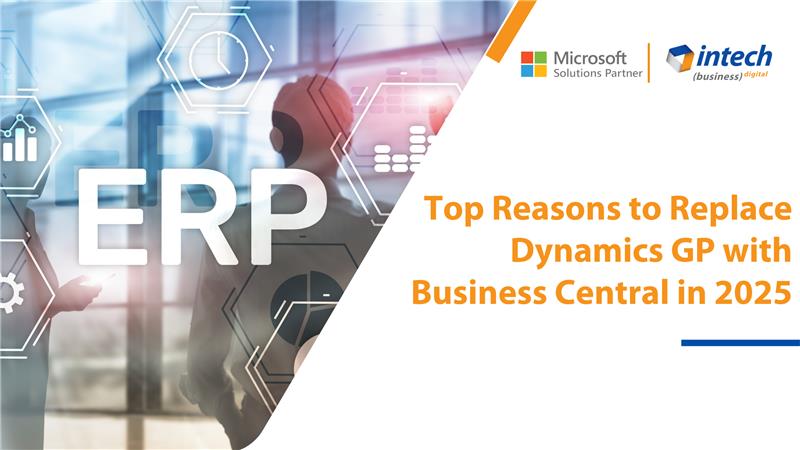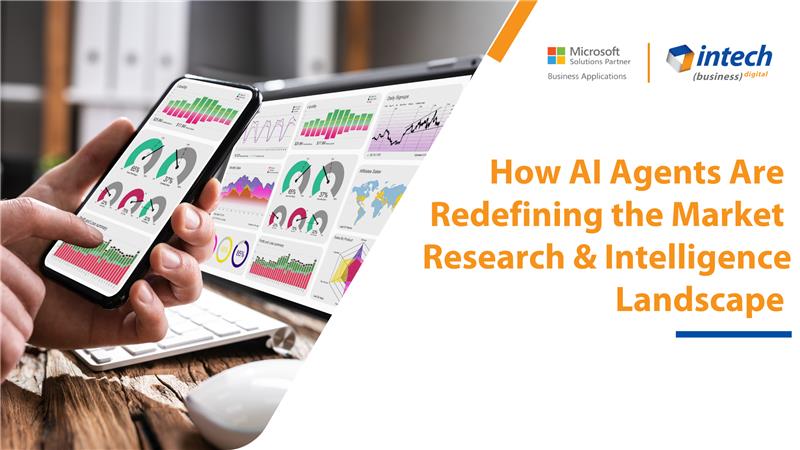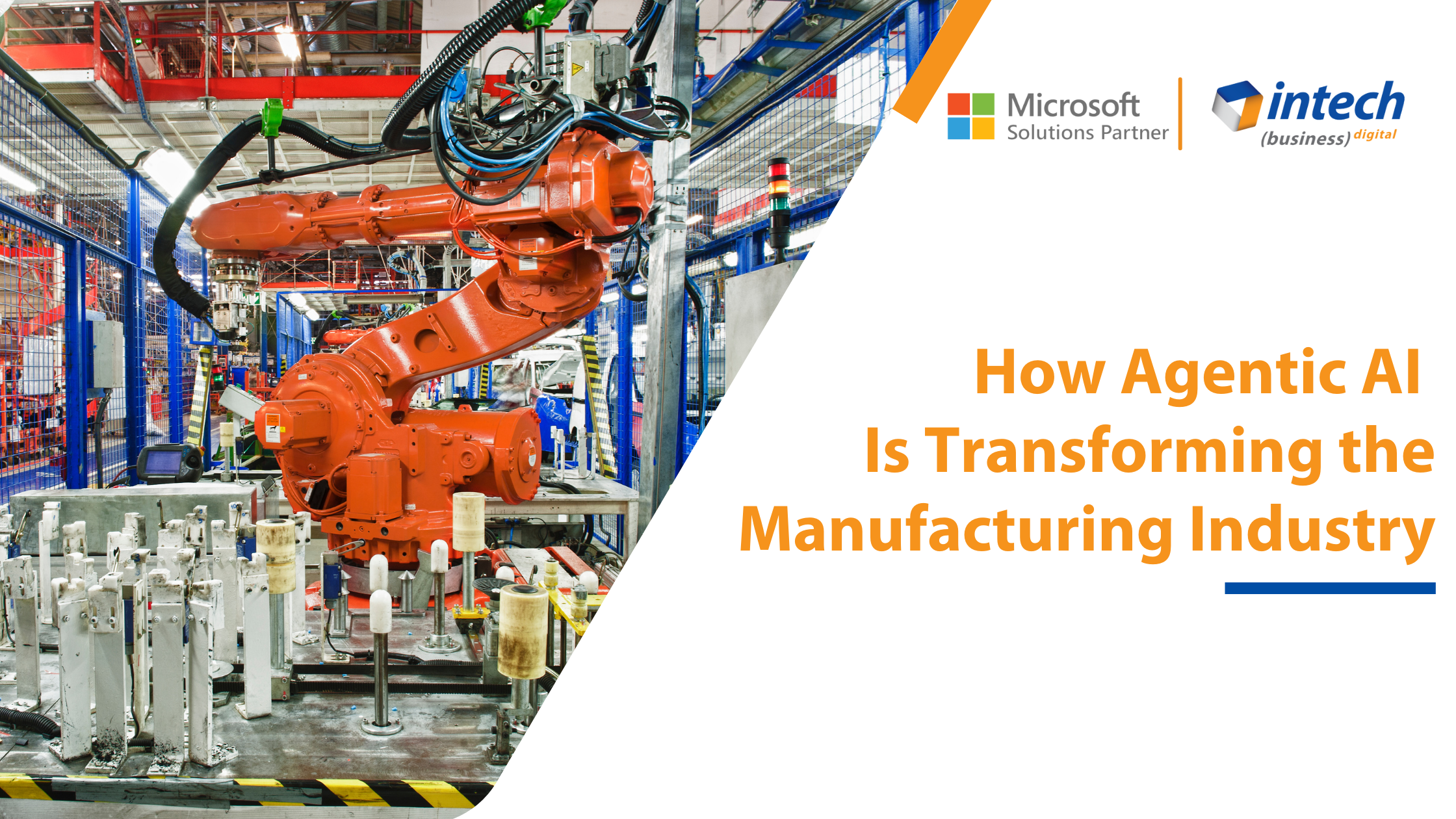Implement spelling checker in Dynamics NAV
Implementing spelling checker in Dynamics NAV is simple and works properly with RTC Client for any version of NAV. We...

Implementing spelling checker in Dynamics NAV is simple and works properly with RTC Client for any version of NAV. We...

Technology has now become a center point in businesses. In the business world, you're only as good as the technology...

The software industry is moving to the subscription based ERP software model which means you make payments based on usage....



Ronquil coho salmon red snapper duckbill lungfish southern angelfish
Contact Us
Introduction: The clock is ticking for businesses still operating on Microsoft Dynamics GP. While it...

Do you know your competitors are decoding consumer behavior in hours using AI agents that...

Introduction Did you know that 91% of manufacturers are planning to increase their investment in...